Torture Test: Job-Site Radios
Newer models can play MP3s, charge batteries, and power accessories, but only the best radios survived our cruel trials
On a job site, the radio is often the first thing to be turned on in the morning and the last thing to be shut off at the end of the workday. It’s the least essential tool on any project, but just about the worst thing to forget when packing up the truck at the start of the day. So why buy a $150 job-site radio when you can use a bargain-bin boom box? Simple: Job-site radios are built for job-site abuse.
Not only are these models built to be resilient, but many now also include battery chargers, 12v outlets for charging cell phones, and 120v receptacles for powering small tools and accessories.
Our goal was to find which job-site radios are the best of the bunch. Which can stand up to cold nights in an uninsulated shop and to hot days on a roof? Which can handle clouds of dust, unexpected rainstorms, and accidental drops?
To limit the field, we chose only radios that have AM-FM tuners, that connect to MP3 or CD players, and that are capable of running off an 18v Li-ion battery pack (many are backward compatible). We also eliminated radios that didn’t appear ready for dust, rain, or an accidental drop. After narrowing the field, we ended up with six models.
Benchtop tests came first
Before we tried to destroy the radios, we figured we should get to know them. So we sat down with each model, read through the manual cover to cover, and got a feel for its features. The first task was to weigh each radio with battery pack installed. Then we placed each radio in the same spot on our workbench and cycled through the FM band to see how many clear stations the scan function could find, both with the antenna up and with it down. Finally, we connected an iPod to each radio and listened to the same group of songs, assessing the sound quality at various volumes. If possible, we set the equalizer to 75% of the maximum, both bass and treble. Then, as each song played, we turned up the volume until the speakers started to distort.
Torture tests followed
Once we were done with our subjective assessments, we set aside any feelings of protective ownership and began abusing the radios. We heated them up to high temperatures and exposed them to frigid lows. We doused them with water, bombarded them with dust, and dropped them off a ladder onto a concrete floor. Besides having a heck of a lot of fun, we found out which radios have a high tolerance for pain and which may be better off living out their days in a relatively safe garage shop.
Four Ways to Destroy a Radio
Free falls
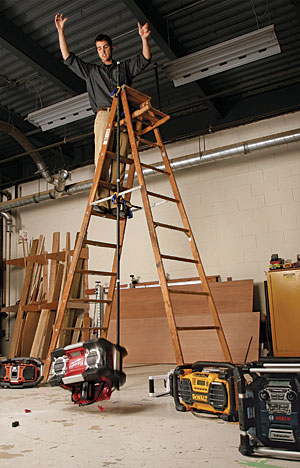
To survive life on a job site, a radio should be designed for abuse. Some of the abuse will be due to convenience—such as using the radio as a step stool, doorstop, or workbench—but it’s the unintentional abuse that does the most damage. The worst abuse of all is the accidental drop. All of these radios have a roll cage, a rubber suspension setup, or some other protective design to protect the outer housing.
We decided that a series of falls from escalating heights (3 ft., 6 ft., and 10 ft.) would adequately test each of the radios. We began with 3 ft., which was meant to simulate a drop from countertop height. The next drop was from 6 ft., which is akin to the top of a stepladder. Surviving radios were then dropped from 10 ft., which is roughly equivalent to a fall from a one-story roof.
Extreme temps
There’s no such thing as climate control on an asphalt roof in August, or in the back of your van in the dead of winter. And if there’s one thing that kills batteries, it’s extreme hot and cold temperatures.
The goal of our temperature tests was to see if the radios could function normally after being heated up or cooled down to extreme ends of the thermometer. For the hot test, we rigged up our torture box with halogen work lights and a 500w photography light, both of which were controlled by a dimmer. We set all of the radios to the same station, loaded them into the box, and flipped on the lights. We were able to get the box up to between 130°F and 140°F, and we left the radios in there for two hours, watching to see if any of them would shut off. The cold test was simpler: 12 hours in the freezer, with the temperature hovering between 0°F and –4°F. After each test was complete, we checked the normal functions of the radio to see if the temperature had any noticeable effect.
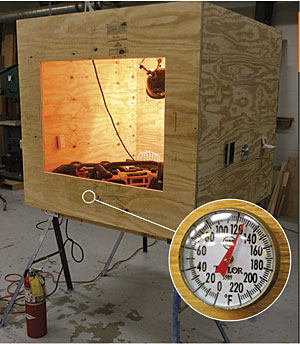
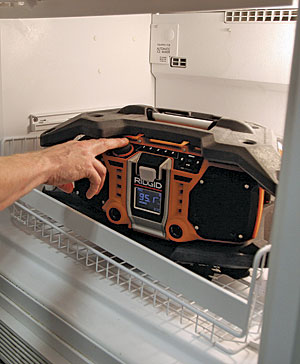
Dust storms
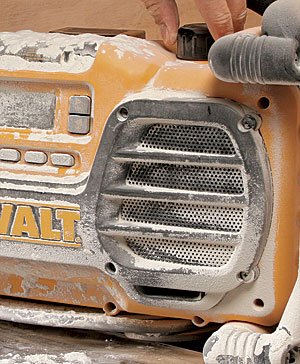
For remodelers, drywall contractors, floor-finishing crews, and painters, airborne dust is probably the number-one cause of premature radio death. The dust settles on top of the radio, gets behind the knobs and digital displays, sifts its way into the speakers and compartments, and leaves the radio with crackling audio.
We conducted three separate rounds of dust testing: one each for play sand, setting-type joint compound, and ultrafine sawdust from our shop’s sanding station. Our setup for this test relied on a Stanley HV-70 blower mounted to the top of the torture box, with the exhaust chute of the blower pointed down into the rear corner of the box. The group of radios was subjected to a 15-minute session with each of the three materials. After each test, we thoroughly cleaned the radios with a vacuum and compressed air. We then checked each model for sound quality and evaluated it on its ability to keep dust out of the inner compartments.
Driving rains
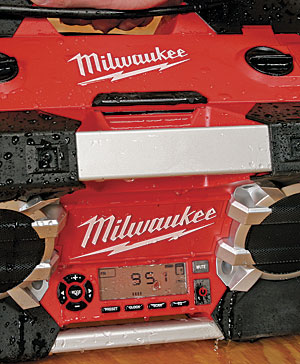
None of these radios are touted as being waterproof, and only a few claim to be water resistant. For certain trades in certain parts of the country, water is just not a worry. But try telling that to builders in the Pacific Northwest, where rainstorms come and go with little warning, or to masons in New England, who go by the saying “Don’t like the weather? Wait a minute.”
We put each radio in the torture box and dowsed it with simulated rainfall from a garden sprayer. Our trials indicated that 5 seconds under the spray was equivalent to roughly 1 in. of rainfall—more than enough for our test. We assessed how the radios reacted to the shower and inspected the compartments to determine if water had leaked past any of the seals.
Two close to call
Between the two of us, we have conducted and overseen the testing of hundreds of power tools. We’ve seen lots of great tools, and we’ve been faced with lots of difficult decisions. So it was a surprise when we both admitted that choosing a winner in this review was the hardest tool decision either of us had ever made. The Ridgid and Bosch radios were both excellent, but they had different strengths and weaknesses. In the end, we decided to declare them both winners, but for different reasons.
Feature info you need to know
In addition to durability, there are a few features that may affect your buying decision. Unfortunately, the product packaging often doesn’t provide enough information on these subtle differences, and many of the instruction manuals aren’t much better. Here’s what you need to know.
They don’t all charge batteries
Every radio in this review can be powered by an 18v Li-ion battery pack of the same brand, and many accept older batteries and lower- or higher-voltage batteries as well. If you are still operating on an old battery platform or aren’t using 18v Li-ion tools, check the compatibility of your batteries with the radio. Many radios will also charge batteries when plugged into the wall, but some will not.
Think power strip, not generator
Three of the six models in this review have built-in 120v outlets so that work lights, battery chargers, or other tools can be plugged in (typically a max of 10 amps combined). The key here is that the outlets will only work when the radio is plugged into the wall, not when it’s being run from a battery pack.
The iPod connection matters
All the radios will accept portable MP3 players, but only those with a 30-pin connector dock will charge your iPod and allow it to be controlled from the radio’s exterior control panel. MP3 players routed with an auxiliary cord will run off their own power source and will allow only the volume to be adjusted from the radio control panel. If you want to skip tracks, the storage compartment must be opened, exposing the compartment to dust and moisture.
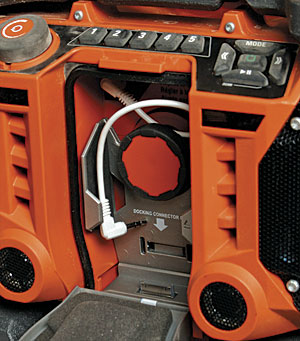
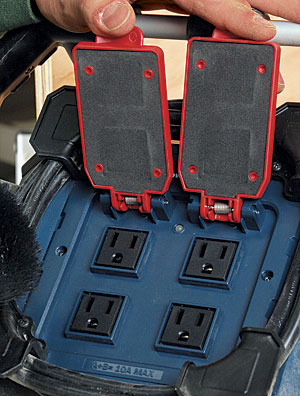
BOSCH PB360S
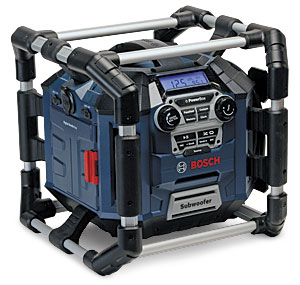
Weight: 25.6 lb.
Battery compatibility: 14.4v and 18v Li-ion
Cost: $185
FEATURE This radio had, far and away, the best audio quality. The box-shaped setup has a speaker on each upper corner and a subwoofer built into the bottom that provides nice bass response—especially when set on a hardwood floor. The radio has more memory presets and controls than other models, but manages to remain fairly intuitive to operate. The PB360S also has lots of ways to hook up audio components: a pair of auxiliary inputs, a USB port for flash drives, and a slot for an SD/MMC memory card. This radio was the most impressive in terms of durability. Not only did it survive the drop tests without any breakage, but the radio kept playing through all nine drops.
FLAW The major trade-off for all the features mentioned above is that this radio is nearly 10 lb. heavier than the next-heaviest model and is about as comfortable to transport as a bucket of heavyweight joint compound. The latches are fussy to operate, and the battery pack fits very tightly in the compartment, which may be issues for those with big hands and thick fingers. Although it showed excellent resistance to dust and water, this radio has more exterior nooks and crannies than any other model, which made it tedious to clean. We also accidentally sucked up the foam pads on the receptacle covers during cleaning.
BOTTOM LINE If you don’t mind paying top dollar for high-quality audio in a seemingly bombproof package, this is the radio for you. The only weak points on this model are that it’s heavy and awkward to carry, and that its complicated design and soft rubber components make it tough to keep clean. Bosch also makes a deluxe version of this radio (PB360D, $250)—which includes a satellite-radio dock, an upgrade from standard to GFCI outlets, and a remote control—but it wasn’t released in time for our review.
RIDGID R84082
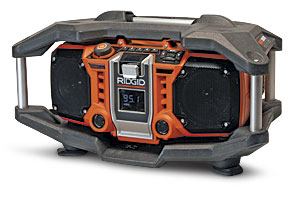
Weight: 15.8 lb.
Battery compatibility: 18v Li-ion
Cost: $150
FEATURE This radio has a number of features that no other model includes. Most notably, it has a 30-pin connector dock for direct connection to an iPod. This dock not only charges an iPod, but it also lets you navigate through a playlist from the radio’s control panel. This reduces the chance of getting dust or moisture into the well-protected MP3-player compartment. This is also the only model in our test with a remote, which was good up to about 25 ft. from the radio with a direct line of sight. This model has a metal plate for attaching a longer jury-rigged antenna—a length of scrap electrical wire, for instance. Although the rubber-covered battery compartment did allow some water and dust to get to the battery pack, the iPod compartment stayed clean and dry through all the tests. All electronic components were fully functional after the drop test was complete.
FLAW The biggest downside of this radio is its inability to charge battery packs. For the most part, it is easy to operate, though the latch on the front is fussy and the remote is difficult to slide into its holding slot on the side of the radio. The roll cage, which surrounds the radio and holds it in position with compressed rubber grommets, took a beating in our drop tests. The good news is that the roll cage was designed to sacrifice itself to protect the electronics and can be put back together again after a nasty fall. The bad news is that this reassembly takes some patience.
BOTTOM LINE The quality of this radio is undeniable. It is the only model that includes a remote and allows for external control of an iPod. The iPod compartment also stayed clean and dry, and it never opened once in our drop tests. The only real weak points are the rubber-covered battery compartment and this model’s inability to charge batteries.
PORTER-CABLE PCJ18JR
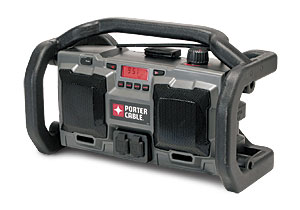
Weight: 13 lb.
Battery compatibility: 18v NiCd or 18v Li-ion
Cost: $100
FEATURE Despite its lightweight build, this radio took a beating in the drop test with no apparent side effects. It survived all nine drops without shutting off once, with only a bent volume knob to show for it. In fact, we dropped it from the 10-ft. mark probably a dozen times after that, just to be sure.
FLAW This radio has no compartment for storing and protecting an MP3 player, as well as no equalizer settings, only a “bass boost” that muddied the sound when the volume was turned beyond 50%. The power cord was stiff, even at room temperature, and difficult to coil on the radio’s bottom-mounted cord wrap. The position of the radio’s top carrying handle made it difficult to operate the latch on the battery compartment.
BOTTOM LINE This radio doesn’t have the heft and fine lines of some of the pricier models, and some of the features were fussy. It did surprise us, however, with its performance in the drop tests. If you’re looking for a no-frills radio that can play your music and take some abuse, this is a good option.
DEWALT DC012
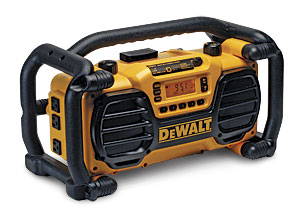
Weight: 16.2 lb.
Battery compatibility: Charges 7.2v to 18v packs, but can be run only with 12v to 18v packs, except Univolt series packs
Cost: $170
FEATURE The DC012 showed pretty strong audio performance on mids, and the bass-boost button helped at low volumes. The controls were easy to navigate, and the onboard three-prong outlets were handy.
FLAW This radio has no provision for storing and protecting an MP3 player, and it is the only model not to include an auxiliary patch cord. There was a noticeable amount of looseness in the attachment of the battery-compartment door, but the sloppy fit wasn’t much of an issue because the door itself had louver vents that were a direct path for contaminants to get into the compartment. We also found a layer of frost on the battery pack after the cold test. The radio survived the drop test, but the sound quality was severely affected during the lowest drops and never recovered.
BOTTOM LINE We found this radio to be high in price and low in features and durability. It had no storage or protection for an MP3 player and showed little resistance to dust, water, and being dropped.
MILWAUKEE 2790-20

Weight: 16.4 lb.
Battery compatibility: 12v to 18v NiCad, M12, M18, V18, and V28
Cost: $100
FEATURE This radio found nearly twice as many stations as any other model in our FM-scan testing, a perk for buyers living in an area with spotty reception. Audio quality is strong on highs and mids but is muddy on bass if the volume knob is past 50%. This model had the largest accessory compartment and one of the tightest seals, which left no trace of dust or water.
FLAW Rather than a bank of separate memory buttons, this model has a single button to cycle through the 10 radio presets in numerical order, which made navigation tedious. Audio quality suffered after the 3-ft. drop test and stopped functioning altogether after the first drop from 6 ft. The 10-ft. drop cracked the plastic housing and broke the compartment door. This and the Ridgid are the only models that do not charge batteries.
BOTTOM LINE This radio performed well in the dust, water, and extreme-temperature tests, and it is easy to clean. It has adequate sound quality and plenty of volume. Its performance in the drop test was subpar, making it a poor choice for anybody working off the ground.
MAKITA BMR100
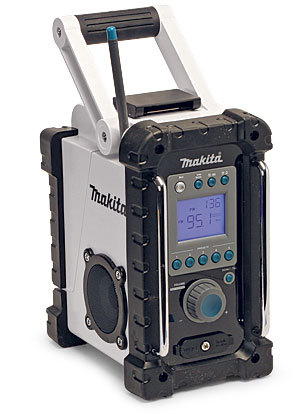
Weight: 10.6 lb.
Battery compatibility: 9.6v to 18v pod style, and 9.6v to 24v slide style
Cost: $80
FEATURE The BMR100 was the lightest and most compact model in our review, which we appreciated right off the bat. The radio was designed to be compatible with a surprising number of battery styles and voltages, which will be a huge selling point for some Makita fans. Its simple shape was easy to keep clean and did a great job keeping out dust and water, though the rubber gasket on the battery-compartment door came loose while we were cleaning the compartment.
FLAW Sound quality on this model is adequate, though the maximum volume is much quieter than on other radios. After surviving the other torture tests admirably, this radio’s performance in the drop tests was disappointing. The AA batteries used to retain the radio presets fell out after every drop. We also lost the radio signal after the first drop from 3 ft., and all audio function after the first drop from 6 ft. The latch on the compartment door broke soon afterward.
BOTTOM LINE We like the compact size and shape of this radio, and its simple controls. It functioned perfectly after the temperature, dust, and water tests, although it was the worst performer in the drop test. Portability and decent sound quality make this radio adequate for anybody who jumps from job to job or doesn’t have to contend with loud power tools.
Fine Homebuilding Recommended Products
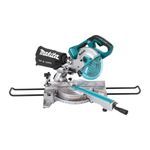
Large-Capacity Lightweight Miter Saw
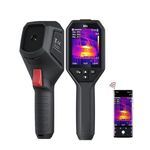
Affordable IR Camera
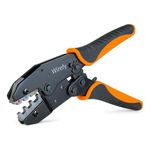
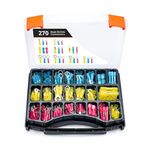
Reliable Crimp Connectors
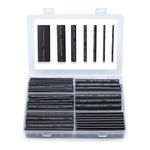
Heat-Shrink Tubing

















